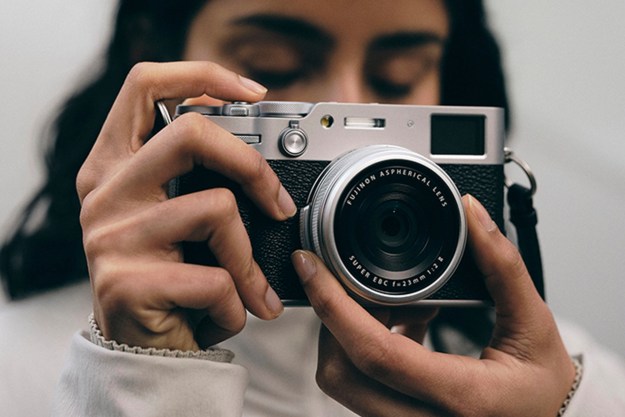Casio, once a trailblazer in the digital camera market, looks as if it could be about to exit the market for compact shooters.
The Tokyo-based company has decided there’s no longer an easy way to generate profits in a business that continues to be squeezed by the smartphone sector, according to a report from high-profile Japanese news outlet Nikkei.
Look on the company’s U.S. website and you’ll see that it doesn’t even sell cameras anymore, choosing instead to pump its resources into watches, electronic musical instruments, calculators, and projectors, among other devices.
Japan has been its main market for digital compact cameras in recent times, and you’ll still see its range of offerings at electronics stores up and down the country. But if Nikkei’s source proves correct, it looks like it’s the end of the of the road for Casio’s compact offerings.
We’ve reached out to the company for confirmation and will update this report if we hear back.
Casio was there at the start with digital compact cameras, offering super-basic devices — by today’s standards — from the mid-’90s onward. A notable contribution to the sector was the Casio QV-10, which, with its launch in 1995, was the first consumer digital camera to include an LCD screen.
It also made a splash with its Exilim brand. Launched in 2002, Exilim cameras were popular for their ultra-slim, portable design, with many of the models between just 10mm and 15mm thick. This was far slimmer than rival cameras at the time, and competitors took several years to come up with comparable designs.
In more recent years, several of its designs raised eyebrows among some of the more discerning members the photographic community. Take, for example, the Exilim MR1, otherwise known as the “Kawaii Selfie Mirror Cam.” The 2014 device, as its name suggests, was geared toward self-portraits, and featured a 2.7-inch display so you could check yourself before you hit the shutter. Just like you can do with a smartphone.
The last Casio compact to feature on Digital Trends’ pages was a 2016 device that featured just 1.9 megapixels. It sounds like a ridiculously small number of pixels by recent standards, but the design allowed for improved performance in low-light conditions.
Significant advancements in smartphone camera technology in recent years has put huge pressure on the budget-priced compact camera market, forcing many renowned camera companies to refocus their efforts on pricier, more sophisticated compacts with high-quality sensors and, in some cases, interchangeable lenses. Indeed, Casio will reportedly turn its attention toward high-value camera products.
Editors' Recommendations
- The best cameras for kids
- The best point-and-shoot cameras
- Panasonic takes on Sony in the vlogging camera game with compact Lumix G100


